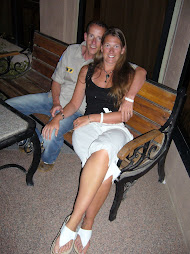

 Ceiling
Ceiling


On Saturday the National Tobacco Company Building was open to the public, since we have been here we pass this all the time. There is always people outside the doors having their pictures taken, but it is never open, so we thought we would go and have a look around. See the following extract which describes the building:
'By 1932 the National Tobacco Company was one of the wealthiest industries in Napier and certainly the largest employer of local labour. In that year Husheer commissioned Louis Hay to design a main frontage for his factory to replace the structure that had collapsed in the earthquake. Hay's initial sketches were rejected by Husheer for not being extravagant enough. Hay's second plan, which was eventually built, was for a deceptively simple building based on the idea of an 'arch within a square', decorated with detailed representations of plants such as roses, raupo, and vine leaves. The motif of roses also featured on the lamps on the side of the entrance and lead-light windows. Leading up to the doors were steps decorated with tiles, and brass handrails. Entering through an elaborately carved set of doors, the foyer featured a marble dado, and oak panelling, combined with a domed lead-light skylight to create an overall feeling of elegance and luxury. The entire design, particularly the use of simple geometric forms decorated with applied decoration, reflected Hay's interest in the Art Nouveau or Secession style developed in Europe at the turn of the twentieth century. Hay was to use similar ideas in the design of Napier's AMP Building (1933/34) and the Hawke's Bay Art Gallery and Museum (1935). Tenders for the construction of the National Tobacco Company Building were called for in October 1932, and the work was nearly finished by the end of December 1932. ' Taken from: http://www.historic.org.nz/Register/ListingDetail.asp?RID=1170&rm=

1 comment:
For a tobacco building it is BEAUTIFUL
Post a Comment